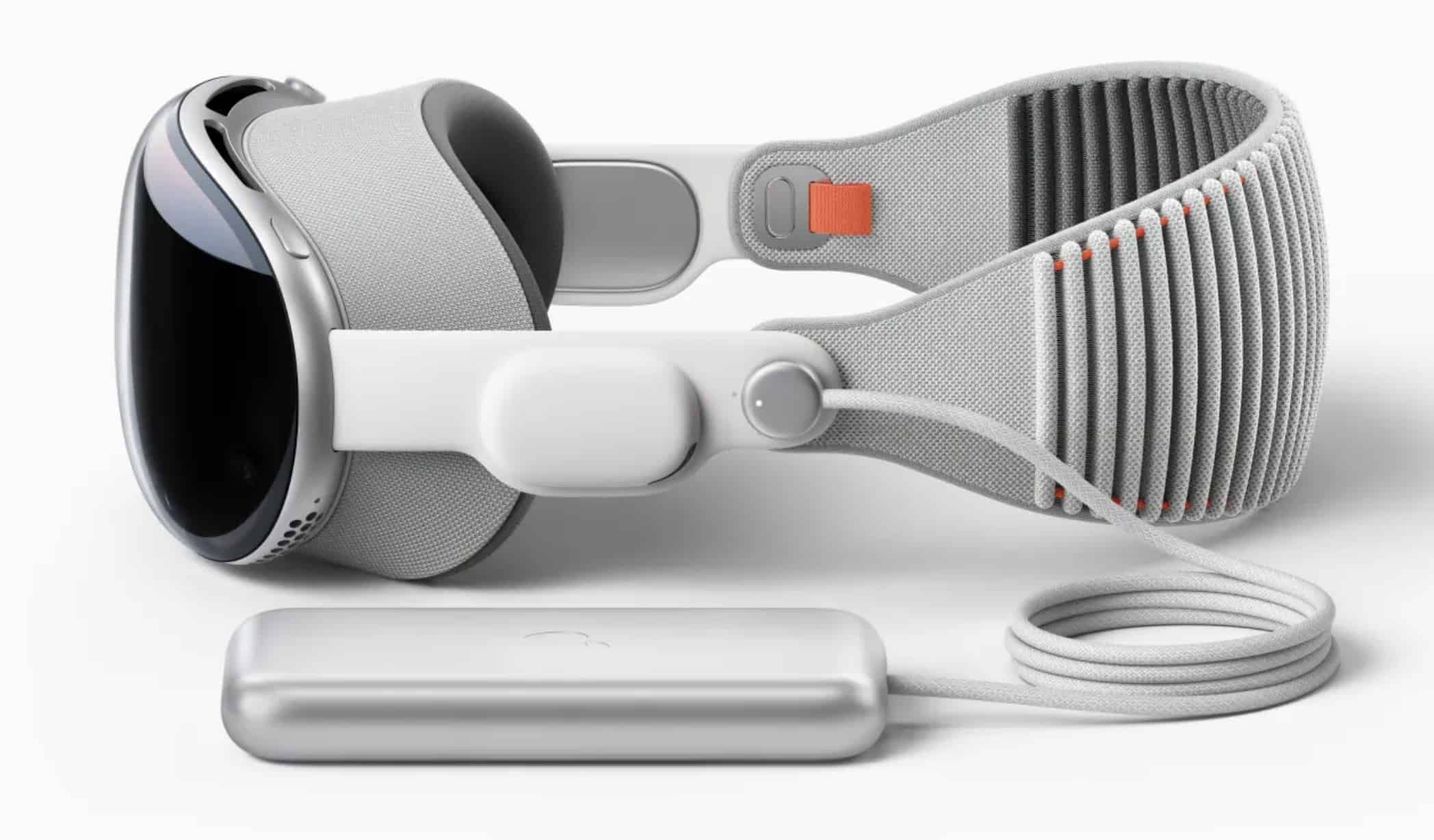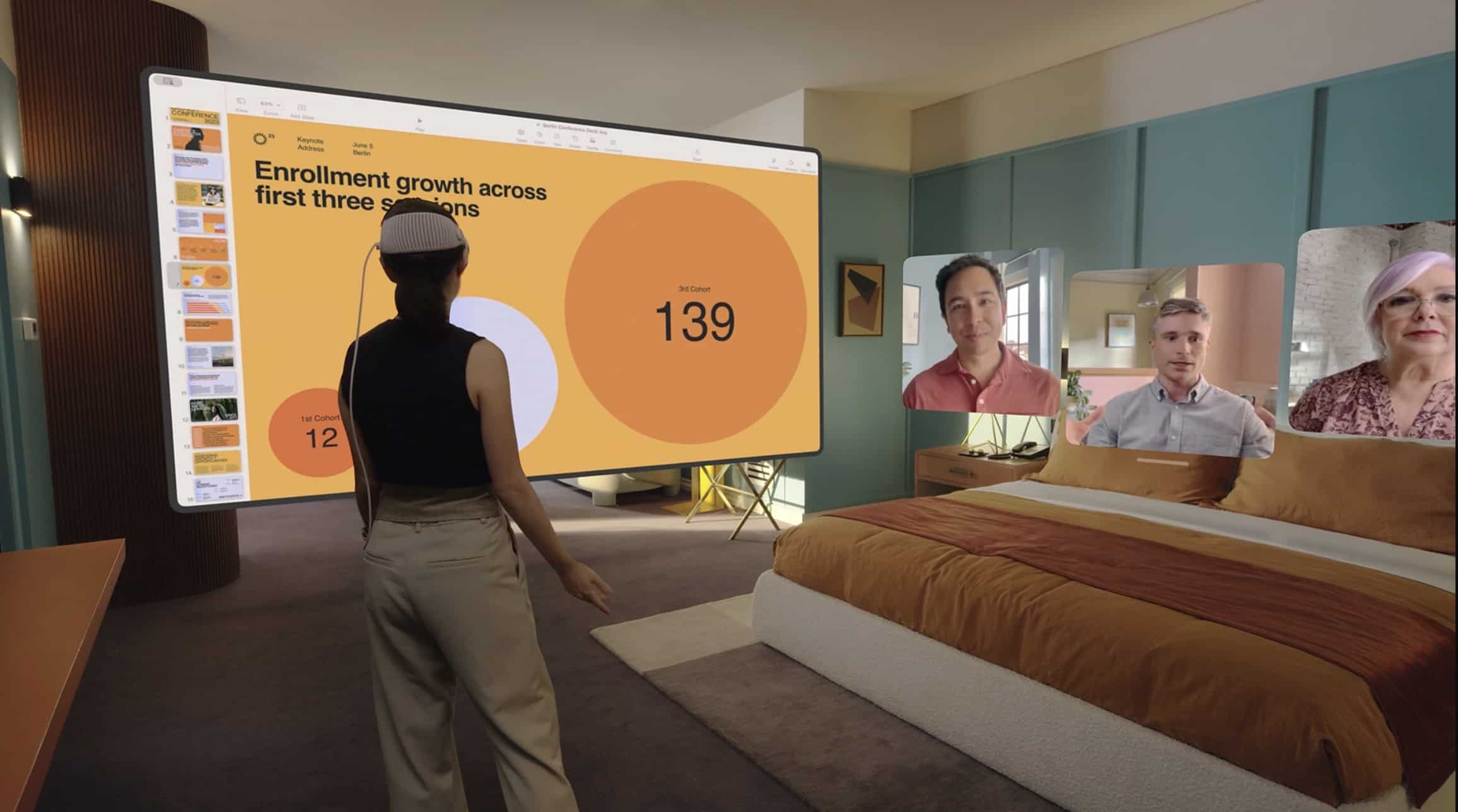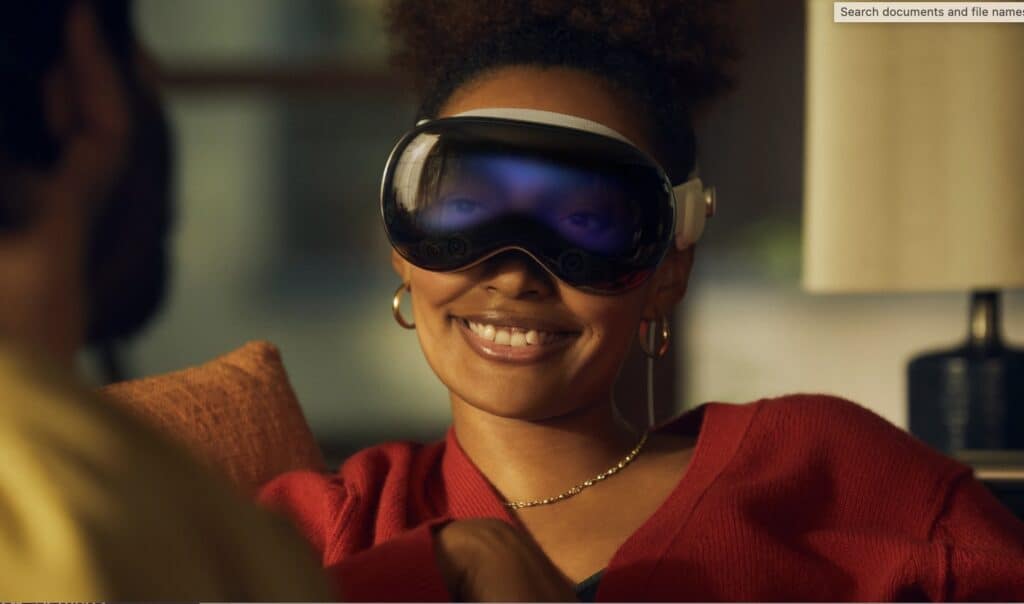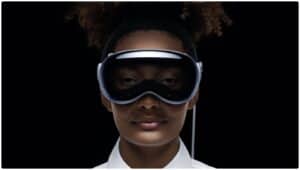At long last, the Apple AR VR Headset – officially named the Vision Pro – hit the market. It incorporates some amazing tech breakthroughs and an equally amazing price of $3,499. No other mainstream HMD on the market comes close in terms of features or high cost. If you’re eager to get one, you’ll have to wait. Apple didn’t provide an official release date, but it will not be available until early 2024 in the United States. Living in another country means you’ll have to wait even longer.
Apple didn’t waste any time touting its innovative device and platform.
Welcome to the era of spatial computing, where digital content blends seamlessly with your physical space. So you can do the things you love in ways never before possible.
Of course, we’ve already entered the era of spatial computing, but not in the way Apple will do it. This isn’t an HMD targeting the consumer market. But Apple often focuses on developers and early adopters first. If all goes well, the consumer market will come into play in future years once the price descends from the stratosphere.
The Apple AR VR Headset
The new Apple AR VR headset looks more like a pair of ski goggles than your traditional HMD. It’s an excellent design, in some respects following HTC’s Vive Flow and the more recent Vive Elite XR. And it’s a tethered device, keeping the form factor lightweight by putting the battery in your pocket.
If you didn’t watch Apple’s keynote, here is their nine-minute video covering the details.
TechCrunch provides a good overall description.
The headset is based on an aluminum frame, with curved glass up front. There’s a physical button for image capture and a digital crown for adjustments. The rear is a flexible strap, and a visor extends from the display to the wearer’s head, to keep light out. On the sides are built-in “audio pods,” providing the sound.This is finally spatial audio’s time to shine — it’s now clear why Apple has been pushing it in such a big way. The system is designed to create the illusion of different audio sources.
The Specs and Innovative Details

Not surprisingly, Apple included a range of innovative features, many of which are first of their kind. We suspect that the Vision Pro will become the industry standard for XR devices in the future.
- The headset has a dual-chip arrangement, including an M2 chip with support from a new R1 chip that is designed to eliminate lag (and motion sickness).
- It includes 12 cameras, five sensors (and a LiDAR scanner), and six microphones – in effect, making your head a camera/sensor/audio stand.
- The advanced HMD incorporates dual 4K displays with striking HDR image quality. However, if you wear glasses, you’ll need custom inserts from a partnership with Zeiss.
- The headset is designed with a feature called EyeSight, which uses a front-facing display to signal to others whether you’re interacting with them or deeply immersed within the virtual realm of the headset.
- Vision Pro’s operating system, visionOS, will support 3D experiences natively. In addition, a Vision Pro App Store will house iOS and iPadOS apps alongside visionOS applications.
- The device comes with a control knob situated on the top, enabling users to seamlessly toggle their immersion level, ranging from augmented reality to complete virtual reality.
- You’ll only use your eyes, hands, and voice commands with the Vision Pro. Apple has eliminated the need for separate controllers, thanks to its sophisticated eye and hand tracking system.
- You can tap a button and quickly capture spatial photos and videos. EyeSight technology will notify those around you when you’re about to take a photo or video.
- Battery life – always a challenge with XR devices – remains an issue here. Even with an external battery, it won’t last more than two hours.
So is it an AR, VR, or Mixed Reality Headset?

The New York Times claims Apple avoided using the term “virtual reality” due to public skepticism over VR developments.
But conspicuously absent from its carefully choreographed announcement were the actual words “virtual reality,” underscoring the challenges the tech giant will likely face in marketing the device to a mass consumer audience.
Interest in virtual reality picked up briefly after the idea of the metaverse — an immersive online world popularized by science fiction — was introduced to mainstream audiences during the pandemic. But the concept lost steam as people returned to their prepandemic lives, investors pivoted to artificial intelligence and it became clear how much technological innovation would be required to achieve such a futuristic vision.
But Apple’s approach is less about the public interest in VR than its consistent focus on AR and Mixed Reality capabilities. Going as far back as 2016, Tim Cook said AR is what is most compelling about immersive tech. And that was demonstrated in today’s WWDC Keynote, which focused on immersive experiences that didn’t completely shut out your physical surroundings.
Interestingly, most of what was displayed in today’s keynote was immersive environments with flat screens. Apple may stick with that approach or move toward more fully immersive environments in the future. But for now, VR will be mainly sitting on the sidelines in the Apple ecosystem.
Your Face Faked on the Headset
One of the most intriguing features of the Vision Pro is that your face is projected on the headset so that others can see your eyes and (something of) your expressions. You’ll be able to wear the Apple AR VR headset in a conference call, and others will be able to see your face. One of the major challenges of VR has always been the way it isolates you from your surroundings and how people in the same room can’t get your attention without talking loudly or physically touching you. Apple has worked hard to address that problem.
But as Wired put it,
Its take on 3D avatars for virtual presence is unique: A setting called VisionOS scans your face to make a deepfake of you that it then projects to other people on the call. You appear onscreen as something that kind of looks like a Memoji, but photorealistic and even more horrifying.
We’re not sure it warrants the term “horrifying,” but it is a bit unsettling. Technology and faces have always had a complicated relationship (we have our vanity, after all), which is why wearables have been so challenged. We could easily see users getting used to Apple’s solution and other HMDs adopting it, but we could also see it making some people feel uncomfortable.
Given that we live in a media-saturated world, we’ll probably adopt just fine. But, like typing directly on the early iPhone touchscreen, it may take users some time to adjust.

What’s Next?
The release of Apple’s AR VR headset raises several questions that only time will answer. Is it as groundbreaking as the iPhone in 2007? Why did Apple release it now if it is not available for another ten months? Will the high cost hinder adoption? Even if the rumors are true that a lower-cost consumer model will be available in 2024, a $2,000 HMD will still be too high for most users. Will people really want to work and video conference on flat screens inside immersive environments?
Finally, we don’t anticipate much adoption by educational institutions or nonprofits. That $3,500 price will buy you five Quest 3 headsets which will hit the market long before the Vision Pro arrives.
Today was a remarkable moment for immersive tech, and the Apple AR VR headset warrants the fanfare. Tim Cook, Apple’s chief executive, is right when he said,
We believe Apple Vision Pro is a revolutionary product.
But it’s a long road from where we are today to Apple’s vision of a headset that transforms work, learning, and entertainment for the broader market. We’ll keep you posted as this remarkable story unfolds.
Emory Craig is a writer, speaker, and consultant specializing in virtual reality (VR) and artificial intelligence (AI) with a rich background in art, new media, and higher education. A sought-after speaker at international conferences, he shares his unique insights on innovation and collaborates with universities, nonprofits, businesses, and international organizations to develop transformative initiatives in XR, AI, and digital ethics. Passionate about harnessing the potential of cutting-edge technologies, he explores the ethical ramifications of blending the real with the virtual, sparking meaningful conversations about the future of human experience in an increasingly interconnected world.

